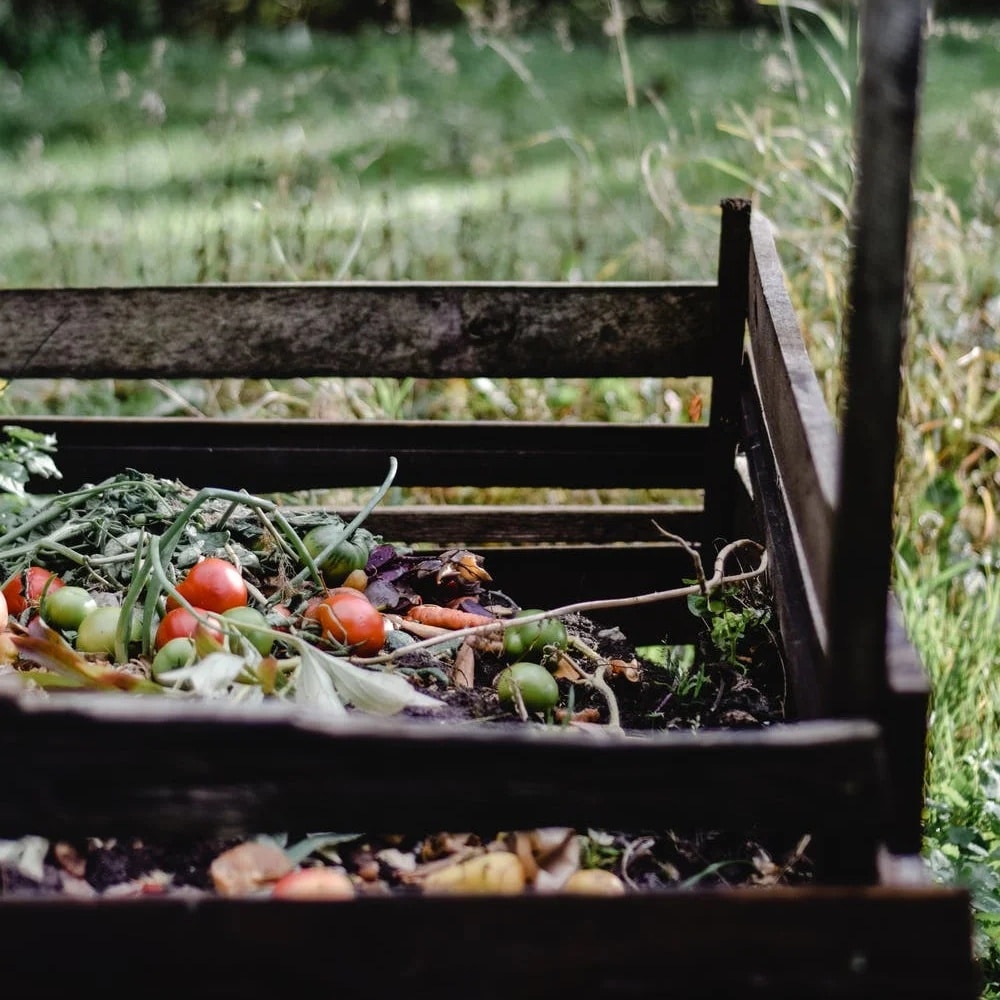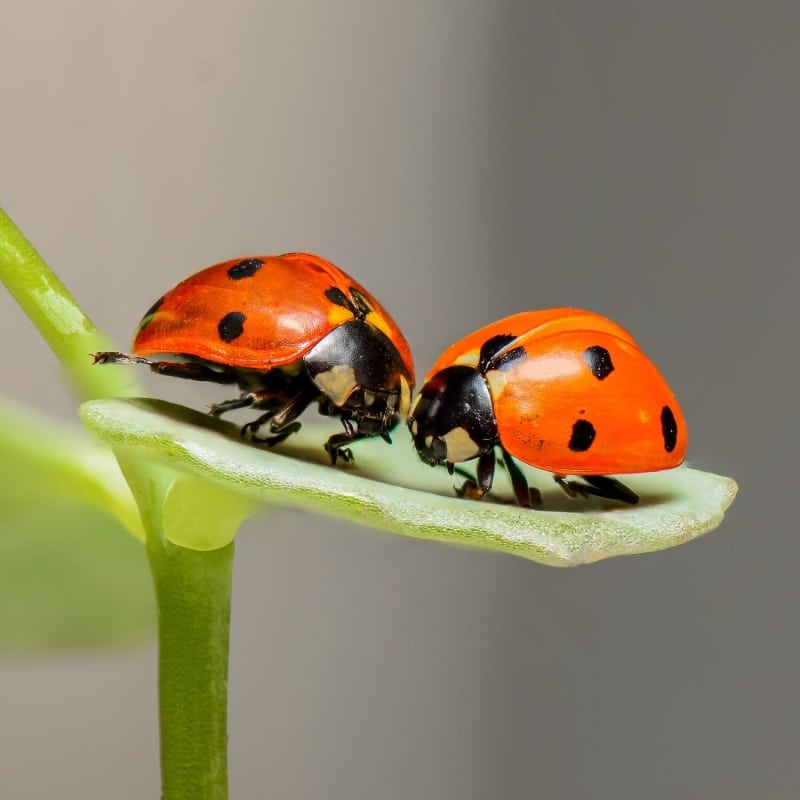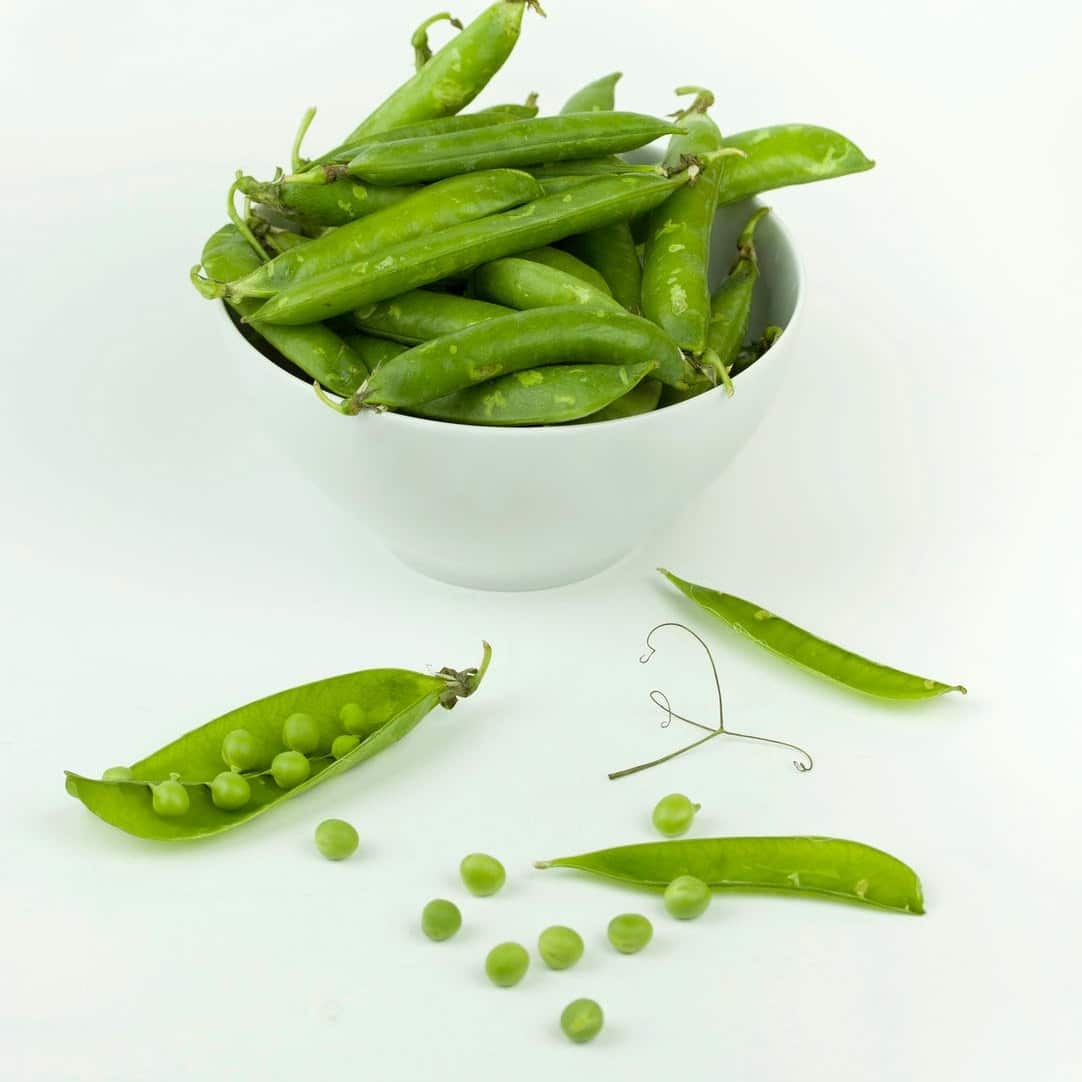One of the most important things you need in your backyard if you intend to grow your own food is good soil. The dirt under your feet is the plant’s feeding ground, so once you start your gardening journey, making quality soil should be one of your priorities. If you’re wondering how to enrich garden soil, there are a few different ways to do it. And the best thing about these is that it’s easy to do and implement.
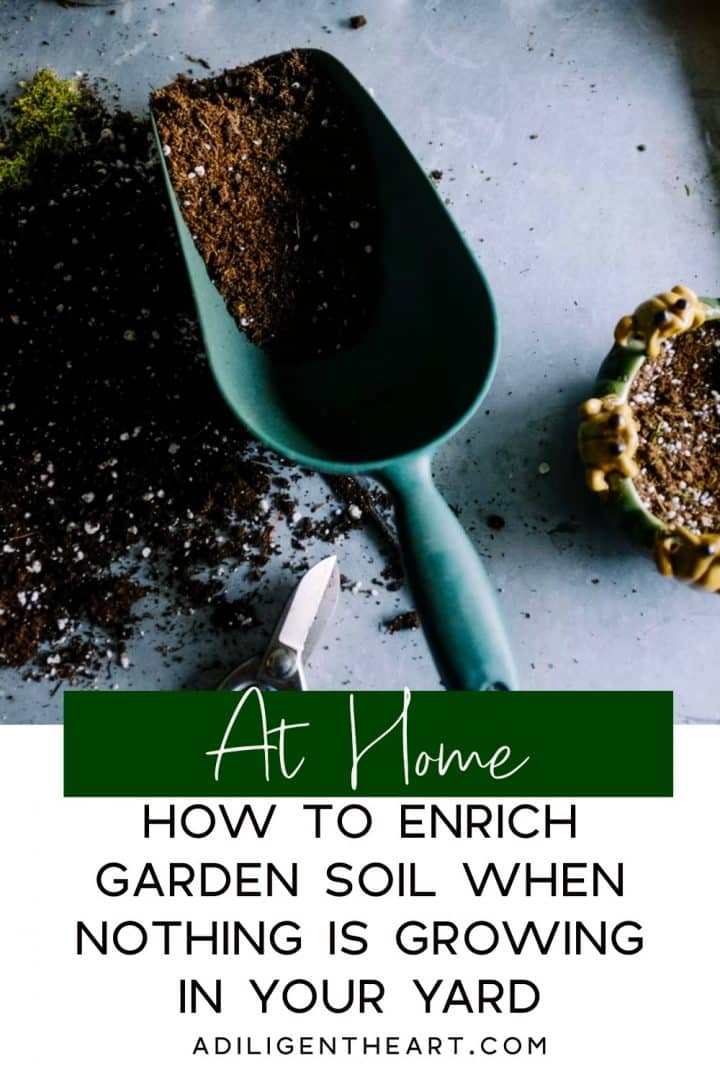
Start Composting Planting
If you know how to improve poor soil quality, it will be easier for you to plant in various locations. One way to do so is through composting.
Composting is the process of breaking organic material into nutrients. This means that you can use biodegradable products to feed your plants such as kitchen waste. It’s a two-in-one hit – you can say goodbye to gardening in poor soil while also disposing of waste.
The best compost to add to a vegetable garden must be rich in organic matter.
This includes brown and green composting waste like grass clippings and dried leaves. You can also use food scraps, but veer away from cooked meat as it can attract rodents.
Encourage the Right Insects to Fix Poor Soil
You may not want any insects in your yard, but some of them are actually good for the soil.
Naturally, some bugs aren’t great for your vegetable garden, but there are some that will work hard to keep your soil healthy.
For example, ladybugs have larvae to improve the health of your soil, and soldier beetles are great if you’re growing flowers and plants.
There are certain plants that will encourage these bugs to settle into your soil, including the following:
- Cosmos
- Dill
- Fennel
- Marigolds
- Perennials
- Parsley
- Sweet clover
- Daisies
- Yarrow
- Goldenrods
How to Enrich Garden Soil: Add Cover Crops
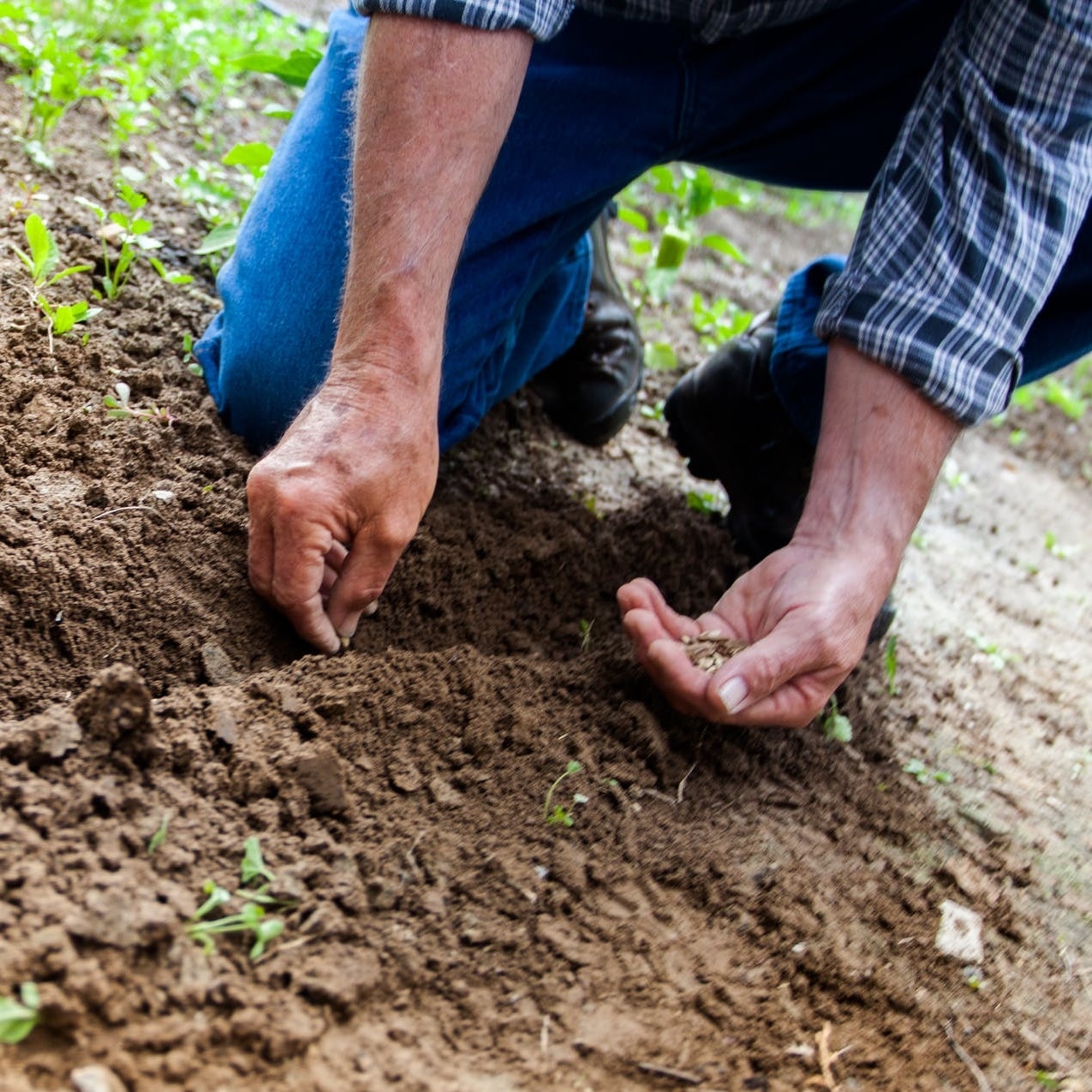
If you’re wondering how to enrich garden soil naturally, try cover crops. Cover crops contribute greatly, especially in improving poor soil.
These types of crops encourage water infiltration and absorption, smother weeds, reduce erosion, and manage nutrients.
Even if these crops have been killed following a harvest season, keeping them in the soil adds nutrients to it. Legumes make really good cover crops because they can fix a lot of nitrogen. So keep those peas, beans, and alfalfa crops even after the main harvest season.
Non-legume cover crops include cereals, forage grasses, and broadleaf species like buckwheat, mustards, or brassicas. They scavenge nutrients which discourages weed growth. These plants also protect soil from too much erosion.
Use Fertilizers to Get More Balanced Soil
If you don’t have access to composting, you can also turn to fertilizers. These are ready-to-use soil enhancers that give nutrients to the soil.
Before using them, however, make sure to make a “soil test.” These are usually given free or low cost from a local cooperative.
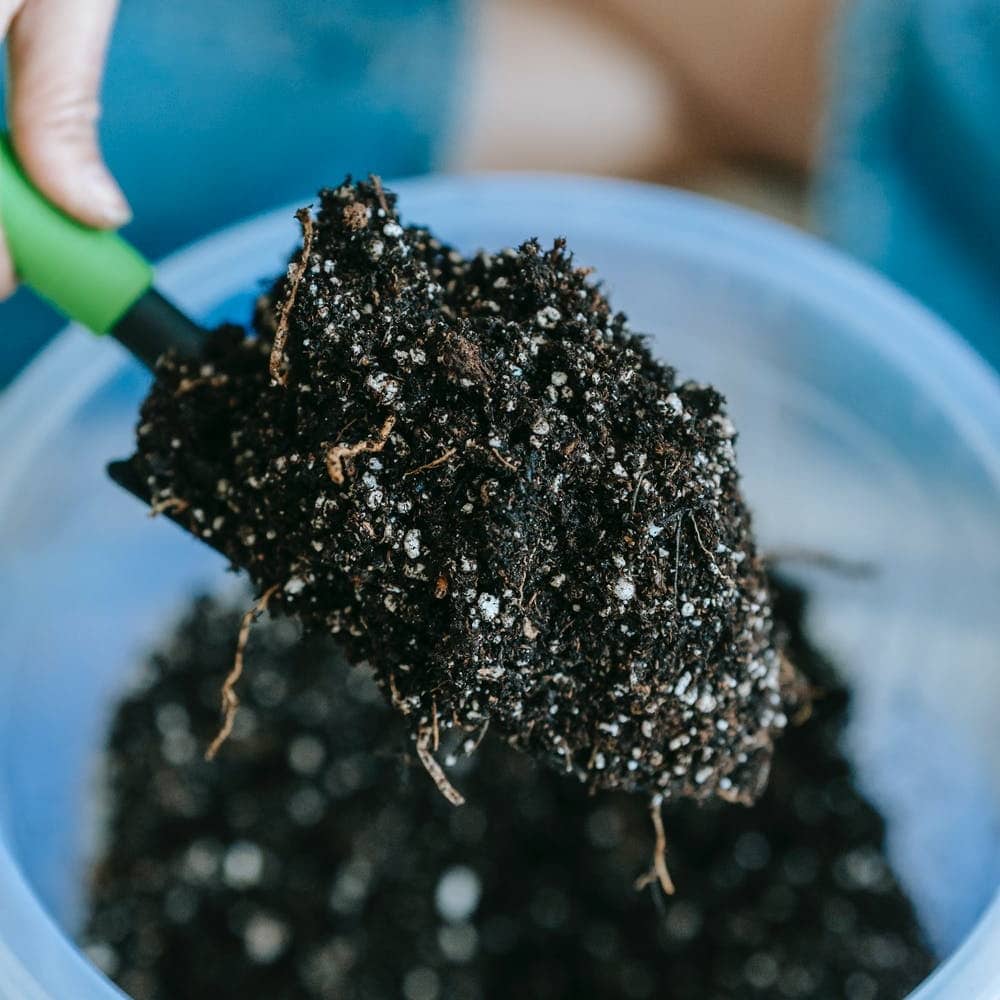
If you decide to get store-bought fertilizer for your soil, you use natural and organic varieties.
Pay close attention to the labels and ask someone at the garden supply store for the most natural options. Usually having cover crops and mulch is enough for better soil, but this also depends on where you live.
